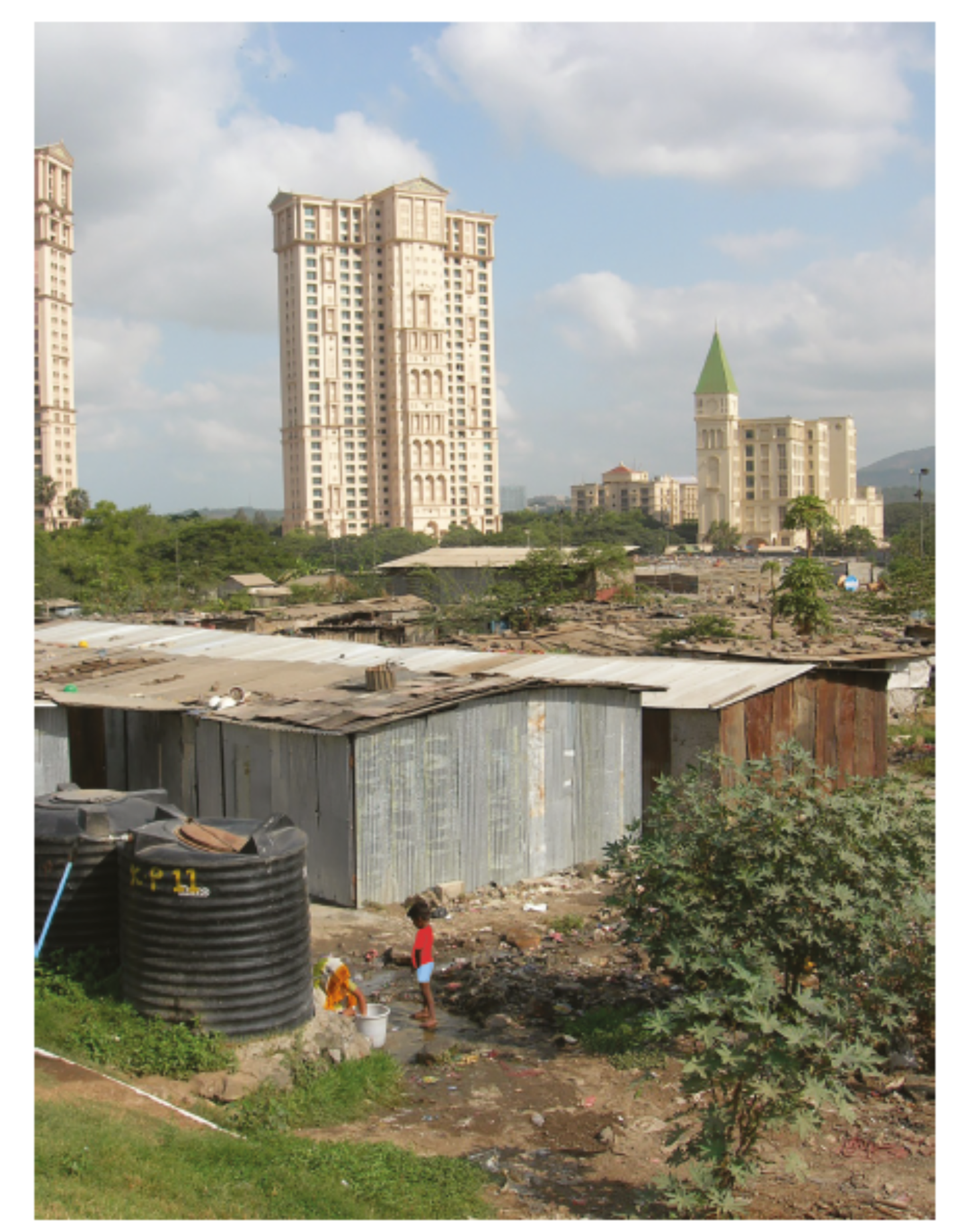Study Fig. 5.2, a photograph taken in Mumbai, India.

Using evidence from Fig. 5.2, suggest what inequalities exist in Mumbai.
Did this page help you?
Syllabus Edition
First teaching 2025
First exams 2027
Exam code: 0460 & 0976
Study Fig. 5.2, a photograph taken in Mumbai, India.

Using evidence from Fig. 5.2, suggest what inequalities exist in Mumbai.
How did you do?
Did this page help you?
What is meant by the term 'development gap'?
How did you do?
Did this page help you?
Give two environmental reasons why some countries develop more slowly.
How did you do?
Did this page help you?
Identify two features of low-income countries (LICs).
How did you do?
Did this page help you?
Describe three problems caused by the development gap.
How did you do?
Did this page help you?
Study Fig. 5.2, which shows indicators of development for selected countries in Africa.
Country | Life expectancy (years) | Energy use per person (kg of oil equivalent) | Number of doctors (per 100 000 people) | Adult literacy (%) |
|---|---|---|---|---|
Angola | 55 | 606 | 8 | 67 |
Egypt | 73 | 735 | 212 | 58 |
Ethiopia | 61 | 299 | 3 | 43 |
Kenya | 64 | 494 | 13 | 85 |
South Africa | 50 | 2587 | 69 | 87 |
Tanzania | 61 | 465 | 2 | 78 |
Uganda | 54 | 776 | 5 | 70 |
Fig. 5.2
Identify the country which:
Has the lowest percentage of people who can read and write.
Is likely to have the poorest access to a doctor.
Has the lowest energy use per person.
How did you do?
Did this page help you?
Explain why there may be inequalities in levels of development within a country.
How did you do?
Did this page help you?
Explain why there are inequalities in wealth between countries.
How did you do?
Did this page help you?
Study Fig. 5.2, which shows indicators of development for selected countries in Africa.
Country | Life expectancy (years) | Energy use per person (kg of oil equivalent) | Number of doctors (per 100 000 people) | Adult literacy (%) |
|---|---|---|---|---|
Angola | 55 | 606 | 8 | 67 |
Egypt | 73 | 735 | 212 | 58 |
Ethiopia | 61 | 299 | 3 | 43 |
Kenya | 64 | 494 | 13 | 85 |
South Africa | 50 | 2587 | 69 | 87 |
Tanzania | 61 | 465 | 2 | 78 |
Uganda | 54 | 776 | 5 | 70 |
Fig. 5.2
Which country, listed in Fig. 5.2, do you consider to have the highest level of development?
Justify your answer.
How did you do?
Did this page help you?
Explain how being landlocked can affect a country’s development.
How did you do?
Did this page help you?
Describe two social factors that can widen the development gap.
How did you do?
Did this page help you?
Suggest one reason why some countries move from LIC to MIC status.
How did you do?
Did this page help you?
Explain one reason why classifying countries only by income can be misleading.
How did you do?
Did this page help you?
Assess how environmental factors can contribute to uneven development.
How did you do?
Did this page help you?
Evaluate the role of colonial history in creating uneven development today.
How did you do?
Did this page help you?
Assess the extent to which social factors explain uneven development between countries?
How did you do?
Did this page help you?
Assess why global classifications of LICs, MICs, and HICs are often contested.
How did you do?
Did this page help you?
Evaluate how economic factors widen the development gap between LICs and HICs.
How did you do?
Did this page help you?
Assess how the choice of development indicators can affect how the global development gap is understood.
How did you do?
Did this page help you?